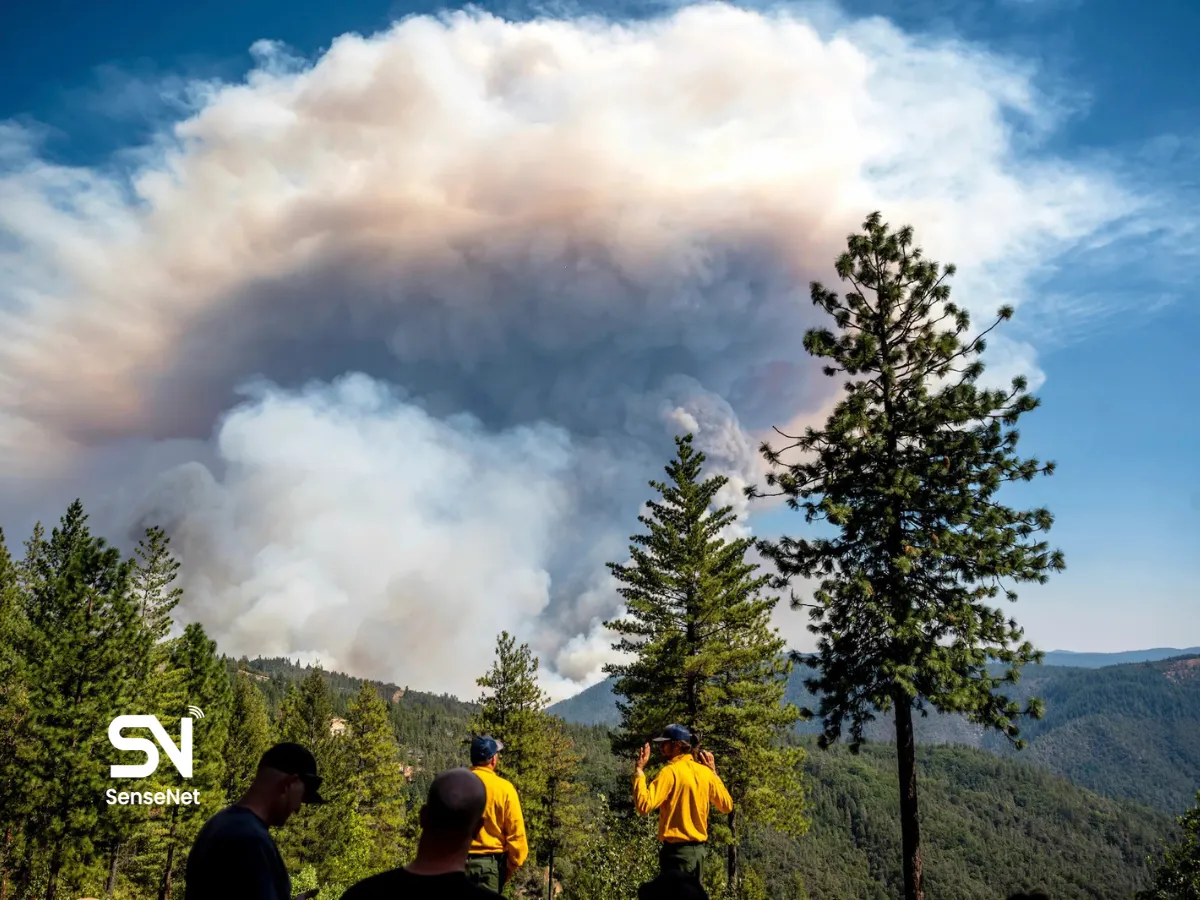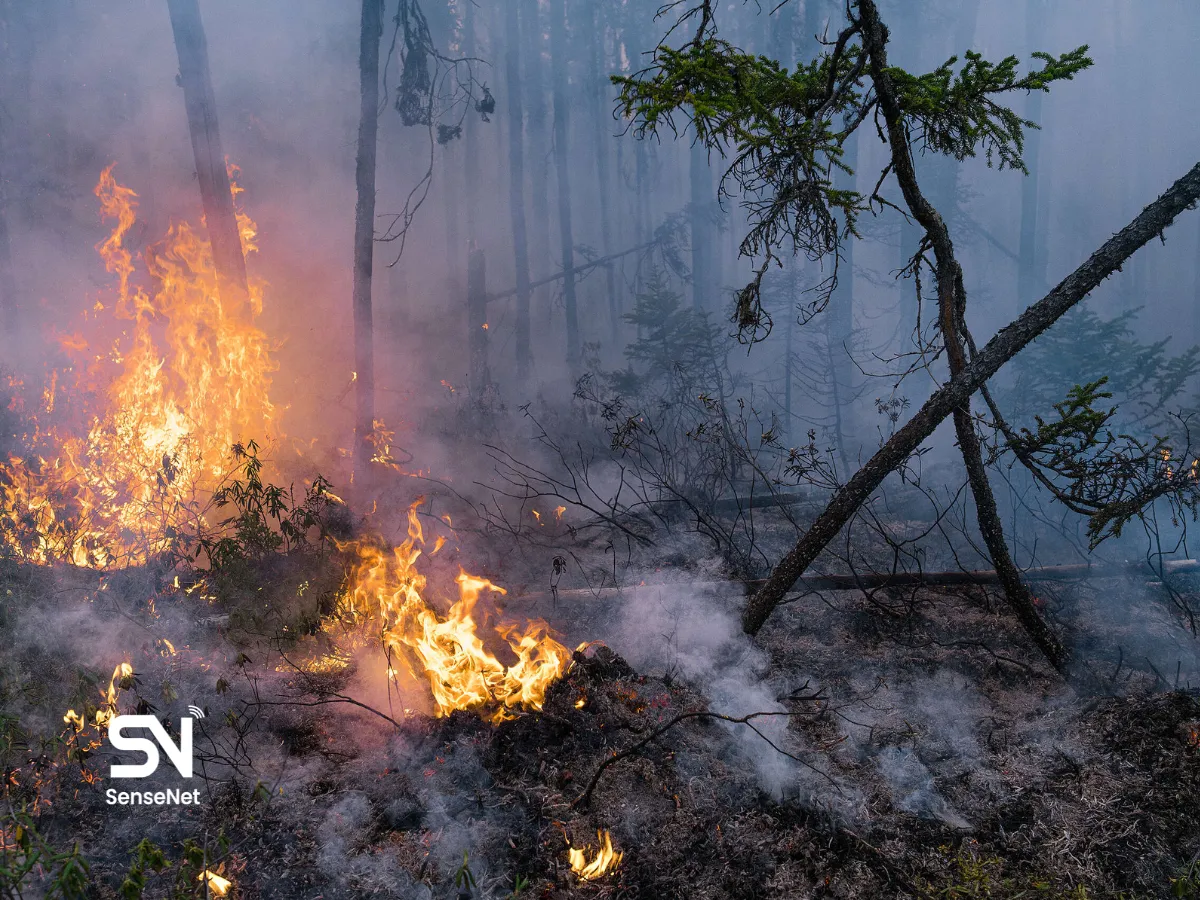
When it comes to the damages and consequences of wildfires on the environment, the discussion could go on endlessly. Yet perhaps the most important issue in all of this is the effect of fire on plants and their way of life.
If we want to summarize the topic briefly, we could say this: research has shown that after major wildfires, animals, plants, and even tree species are forced to adapt and adjust themselves to post-fire conditions. This adjustment leads to fundamental changes in their existence.
Plants and trees migrate toward higher altitudes where the air is cooler. Their distribution range shifts as a result of wildfires. In fact, this migration is one of the main ways forests survive and maintain their health. Nature, in its own way, adapts to new conditions to secure its survival. But does this mean that we, as humans, have no responsibility toward preserving our environment and should leave everything to nature alone? This is a question that demands serious reconsideration.
In this article from the SenseNet website, we will examine how climate change and the wildfires caused by it affect the relocation of tree species, and how this phenomenon can best be managed.

What Effect Have Wildfires Had on Trees?
Many researchers from around the world travel to burned areas to study water, soil, and the remaining vegetation. One striking result of these studies is that the growth range of plants and trees has changed and that this change is occurring at an accelerated pace.
But how exactly does nature achieve this? The answer lies in the reduced competition between new species and the established plants that once dominated the burned area.
Trees that are forced to leave their original habitat migrate elsewhere, altering the vegetation cover of entire regions. All of these changes originate from climate shifts. The primary refuge for displaced plant life tends to be cooler and wetter environments.

Key Facts About Climate Change and Its Effects on Vegetation
- The migration of plants is slower than the pace of climate change. As a result, a large portion of vegetation is often destroyed in wildfires and never fully replaced. Furthermore, many species risk ending up in unsuitable habitats where survival becomes difficult.
- Certain tree species migrate faster than others toward cooler and wetter areas. For example, after recent wildfires in the United States, species such as Douglas fir and canyon live oak demonstrated higher migration speeds.
- The main explanation behind this is the lack of competition for growth. With less competition, seeds and seedlings can establish themselves more rapidly in the environment.
Overall, wildfires can accelerate the migration of trees and also alter the balance of competition between species.
The most important conclusion from these findings is that wildfire management, through strategies such as low-intensity controlled burns can help forests adapt to climate change. This is the key point to keep in mind.

How Can Controlled Burning Be Achieved?
Early fire detection and monitoring systems can play a critical role here. By carrying out controlled burns during the colder seasons, wildfire risks can be managed, and trees can be supported in their adaptation to climate shifts. Once such a burn is initiated, monitoring systems can help control its spread and prevent it from escalating.
By applying this method, even the likelihood of large-scale wildfires decreases, since dry fuel that would normally trigger uncontrollable fires is eliminated.
Final Thoughts
In conclusion, wildfires, if carried out in a controlled manner can actually benefit the environment and plant life to a considerable degree. However, if forests are left unmanaged, it will not be long before a lightning strike or human error sets them ablaze, leading to a major crisis.

